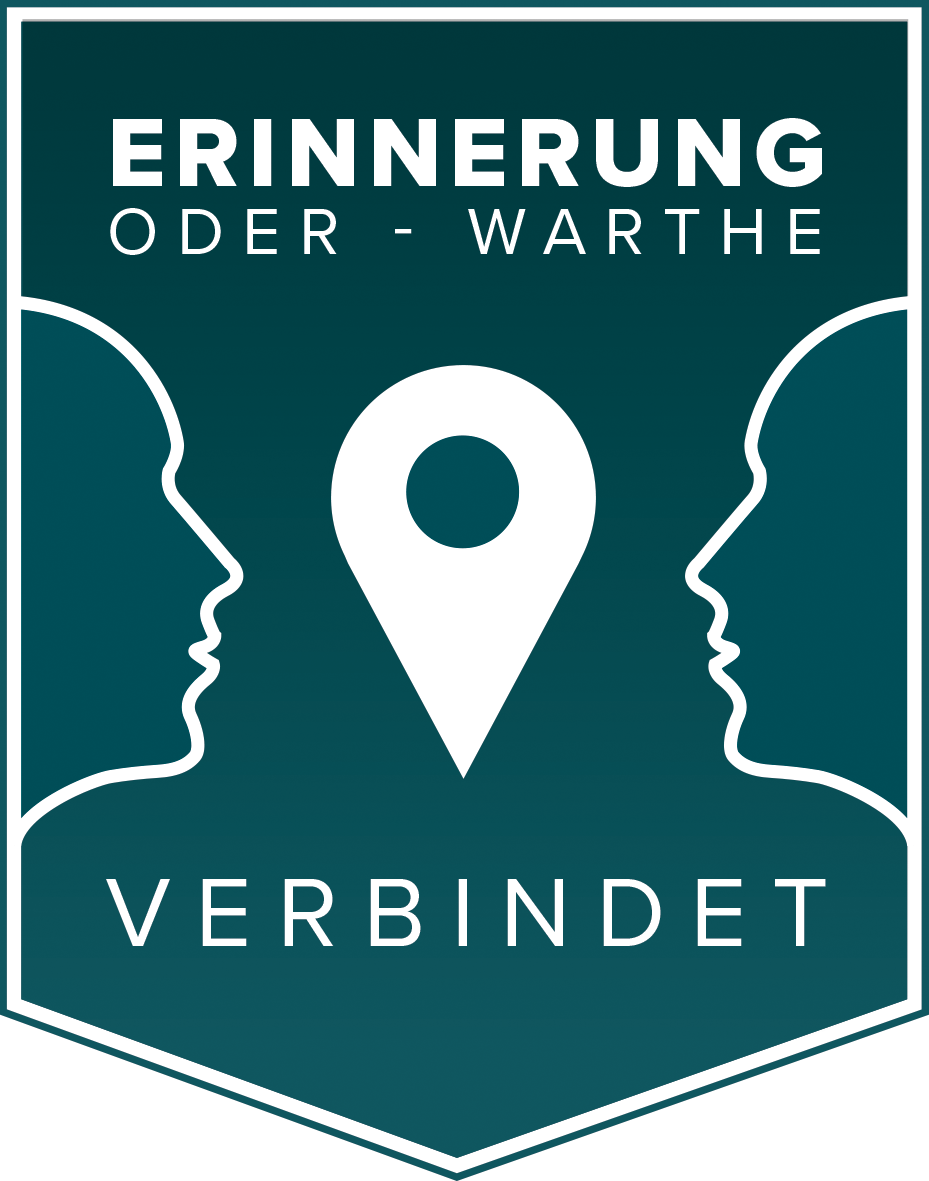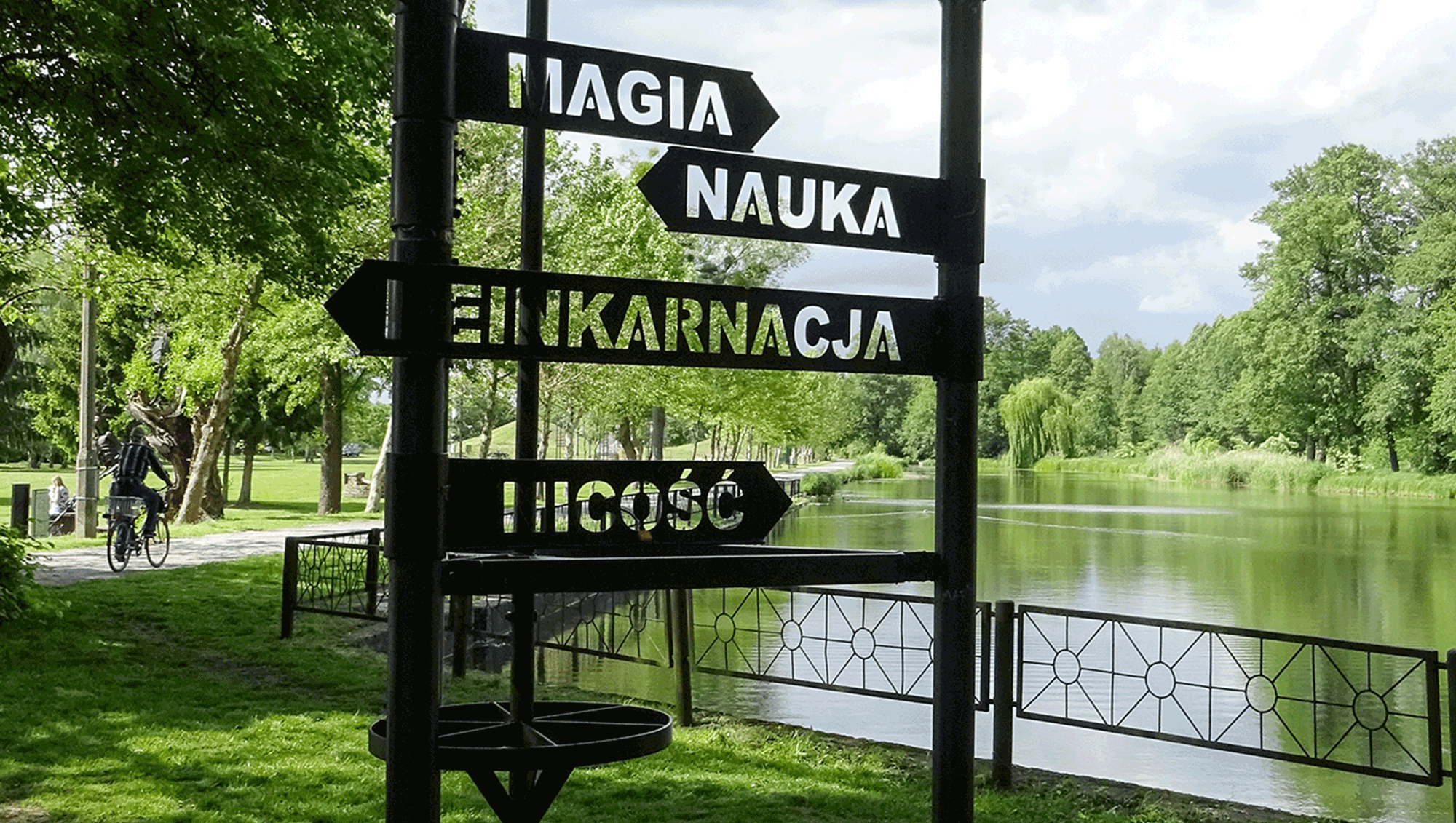With the end of the Second World War, the Oder-Warthe region became a German-Polish border area. The previously shared history experienced an almost complete reboot. In addition to the new border along the Oder, the westward shift of Poland also brought a radical population exchange on the now Polish side of the Oder, combined with a new language barrier.
Marked by the narratives of the victorious powers, memory was "overwritten" and cultures began to develop separately from one another from then on. Two fundamentally different ideologies (capitalism / socialism) transplanted themselves on German soil (FRG/West Berlin and GDR) and almost escalated into the Cold War.
The Oder-Warta region had to find its way into this mixture and thus wrote a new history of its own. After 1945, Germans and Poles reconstructed in peaceful neighbourliness, strictly controlled by the socialist regime. Accompanied by a lack of supplies and persecution of dissidents, hidden and open resistance to the socialist system developed on both sides of the border in the 1960s and 1970s, as well as the urge for social change and democratic relations.
Solidarnosc, glasnost and perestroika led to peaceful revolution, political change and German unity. The founding of the European Union in 1993 and Poland's accession in 2004 brought the Oder-Warta region back together. Exciting traces of this development can be easily traced at many places of remembrance, such as Trebnitz Castle, the Peace Forest in Werbig, the Museum History Station Seelow, the former border station Kostrzyn nad Odra or the Signpost Park Witnica. Our educational tour will take you back to the time of encounters and discoveries and the growing together of the Oder-Warthe region.





